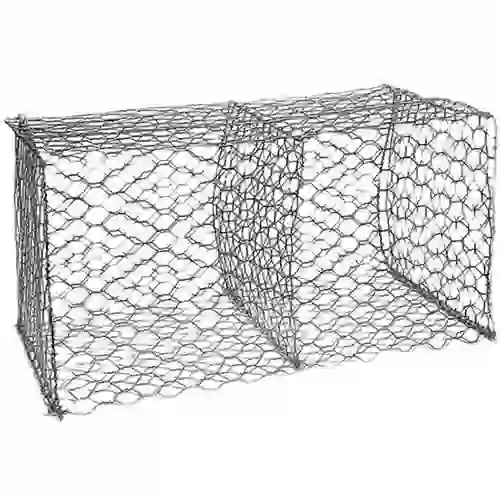-
 Phone:
Phone: -
 Email:
Email:

bale wire
The Versatility and Importance of Bale Wire in Various Industries
Bale wire, often referred to as binding wire or baling wire, is a crucial component across multiple industries. Its primary function is to hold bales of materials together, which can include a vast range of products like hay, straw, cotton, and recyclables. Understanding the significance of bale wire can provide insight into its utility and the different applications it has within the agricultural and recycling sectors.
What is Bale Wire?
Bale wire is typically made from metal or heavy-duty plastic and comes in various thicknesses and tensile strengths. Metal bale wire is more common, particularly steel wire, which is known for its durability and strength. The wire is often coiled, allowing for easy handling and use in baling machines. Farmers and producers use bale wire to compact materials into bales, which are easier to transport and store.
Applications in Agriculture
In agriculture, bale wire plays an essential role in the production of hay bales. After harvesting grass or other forage crops, farmers use balers to compress the material into tight bales, which are then secured with wire. This method helps protect the hay from the elements and pests while allowing for efficient handling and storage.
Additionally, the use of bale wire extends to the cotton industry. Cotton fibers are collected, compressed, and bound into bales using steel wire. The secure bailing of cotton is crucial not only for storage but also for transport to processing facilities. The integrity of these bales ensures that the cotton remains in excellent condition until it reaches its final destination.
The Recycling Industry
bale wire

Beyond agriculture, bale wire is critical in the recycling industry. Various recyclables—such as plastic, paper, and metals—are often processed and compacted into bales for easier handling and transportation. The bales are tied securely with bale wire to maintain their shape and integrity during transit. This method fosters efficient recycling processes, making it easier to transport larger volumes of materials to recycling facilities.
Moreover, the importance of bale wire in recycling extends to environmental sustainability. By ensuring that recyclable materials are compacted and transported effectively, bale wire helps reduce the carbon footprint associated with transport and processing. This efficiency is vital in promoting a greener economy and enhancing the overall recycling rate in society.
Selecting the Right Bale Wire
When choosing bale wire, several factors must be considered. These include the specific application, the materials being bound, and the required strength of the wire. Heavy-duty steel wire is typically recommended for larger agricultural bales, while lighter options may suffice for smaller or less heavy materials.
The gauge of the wire is another important factor. Thicker wire offers more strength but can be harder to work with, while thinner wire may not hold up under heavier loads. Ultimately, selecting the appropriate type of bale wire can affect the efficiency and success of the baling process.
Conclusion
Bale wire is a vital tool in both agriculture and the recycling industry. Its ability to securely bind materials into manageable bales facilitates easier storage and transportation while promoting more efficient processes in these sectors. The versatility of bale wire, along with its applications in safeguarding agricultural products and enhancing recycling efforts, highlights its importance in the modern economy.
As industries continue to evolve, so too will the technologies and materials used in the production of bale wire. The need for stronger, more durable, and environmentally friendly binding solutions will drive innovation, ensuring that bale wire remains a staple in various applications for years to come. With its essential role in enhancing productivity and sustainability, bale wire deserves recognition as a critical, yet often overlooked, component of multiple industries.
-
Wire Mesh for Every Need: A Practical SolutionNewsJul.25,2025
-
Steel Fences: Durable, Secure, and Stylish OptionsNewsJul.25,2025
-
Roll Top Fencing: A Smart Solution for Safety and SecurityNewsJul.25,2025
-
Cattle Farm Fencing Solutions for Maximum SecurityNewsJul.25,2025
-
Affordable Iron Binding Wire SolutionsNewsJul.25,2025
-
Affordable Galvanized Wire SolutionsNewsJul.25,2025
-
Wire Hanger Recycling IdeasNewsJul.25,2025








